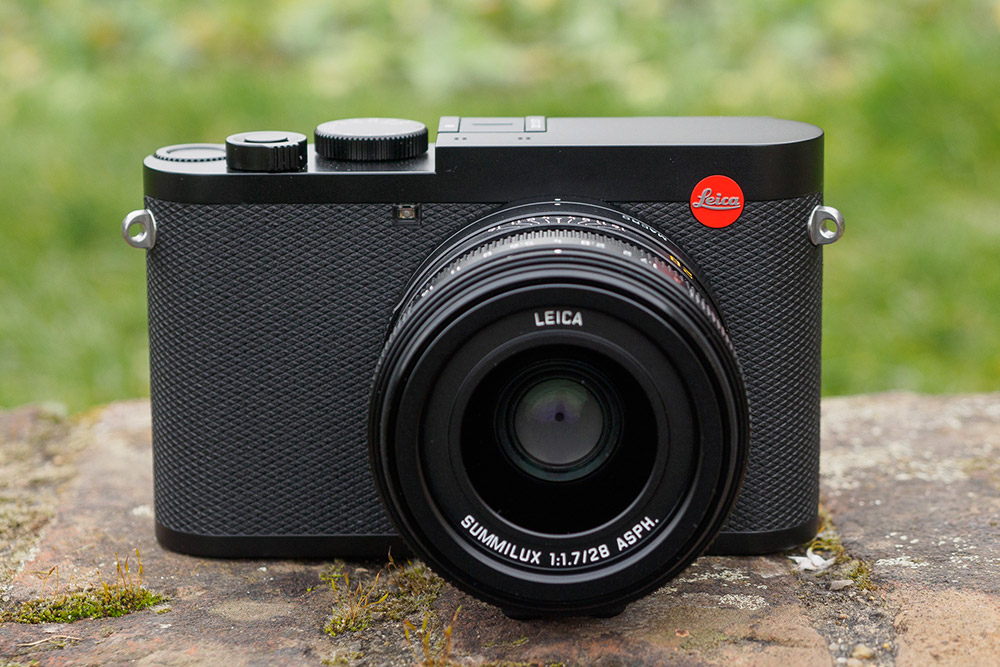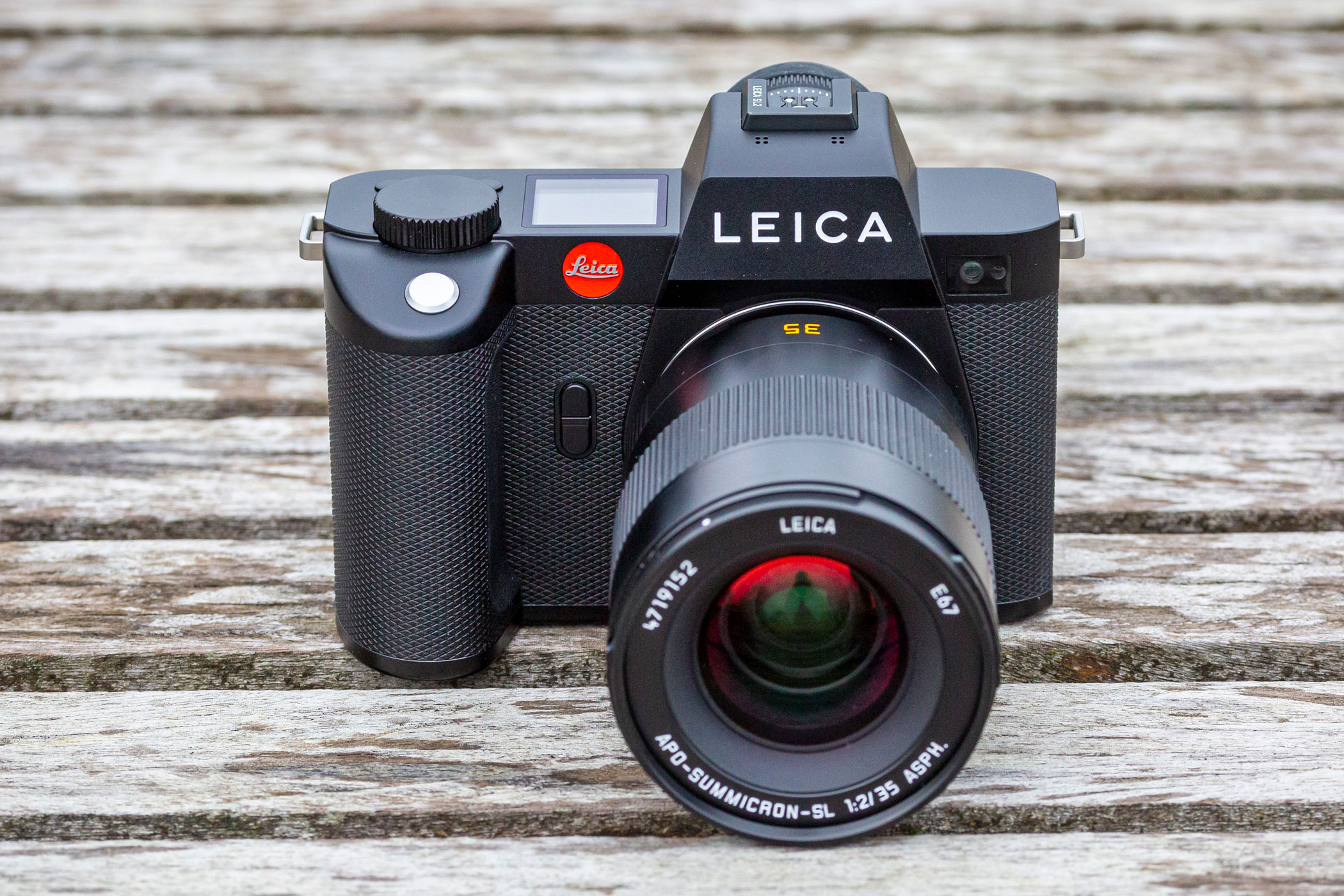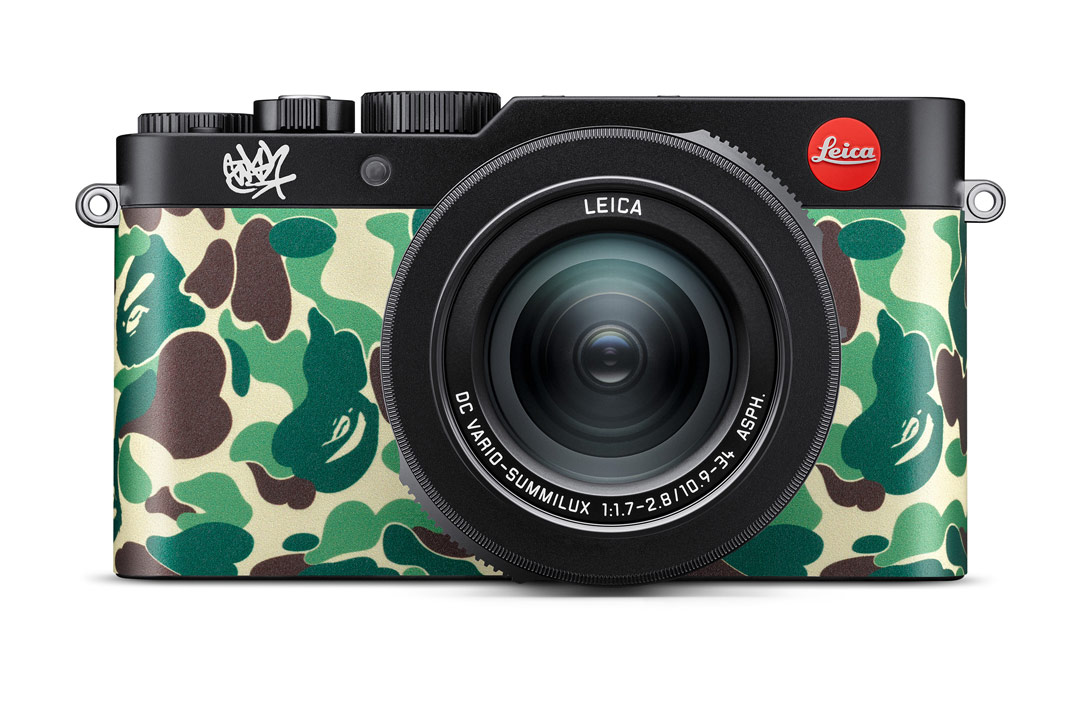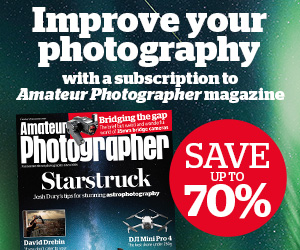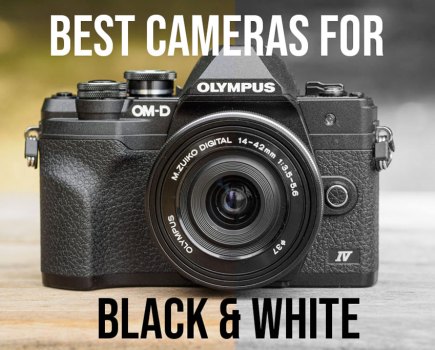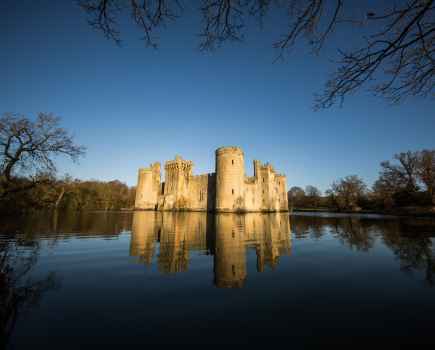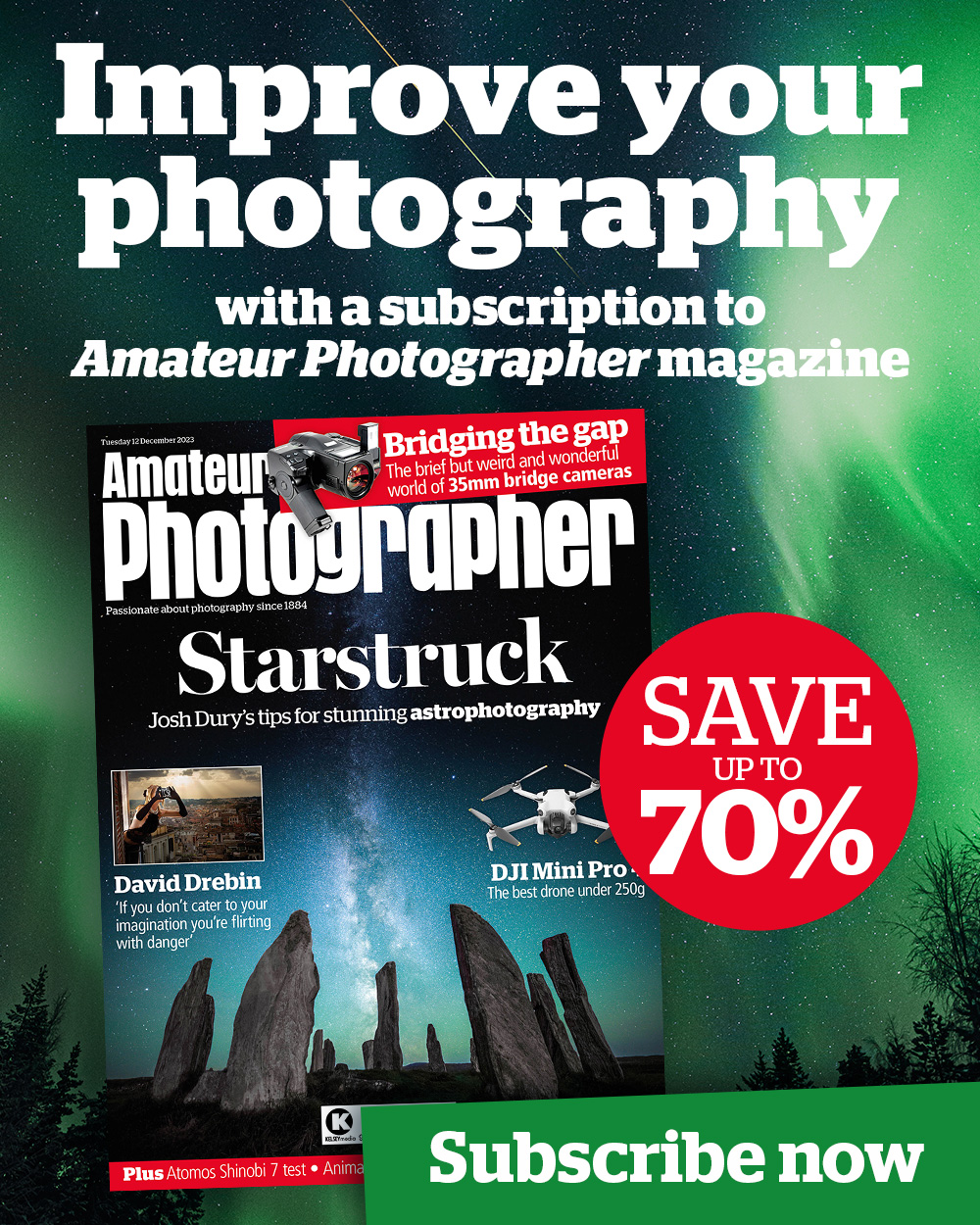What are the best Leica cameras you can buy? Amy Davies discovers the best choices from rangefinders to mirrorless to analogue cameras.
Leica is well-known for its high-quality, premium-level cameras. All of the options in this list are not for those with a limited budget, but if you’re looking for superb image quality, fantastic handling and a touch of class, it can pay to look towards this heritage brand.
In this guide, we’ll be looking at rangefinder cameras, which offer a manual-focusing experience, mirrorless cameras, premium compact cameras, and there’s even an analogue option for the ultimate in traditional photography.
How to buy the best Leica camera
When considering which Leica camera is the best option for you there are a number of things you might want to consider, including the following:
Type of camera
Leica currently manufacturers a range of different types and styles of camera.
As well as offering the latest mirrorless technology in the shape of its SL range, there’s also rangefinder cameras which are a traditional technology which won’t be suited to every type of user. With these models, you can only manually focus, and you generally have to get used to shooting in a certain way through an optical viewfinder. Leica also offers premium compact cameras, film cameras and even bridge-style cameras.
What is right for one person might not necessarily right for the next, but it pays to do some research on each type of camera before you commit to buying one – especially if you’ve never invested in a Leica before.
Autofocusing or manual focusing
What it might simply come down to is your preferred way of focusing. If you want to shoot rapidly moving action, manual shooting isn’t generally preferred by modern photographers. As such, standard mirrorless cameras or even the premium compact options from Leica will probably offer you the best experience.
On the other hand, manual focusing is favoured by some for its more slower, more considered approach. You also have more complete control over very aspect of the shooting experience, which can be appealing for many.
Analogue or digital
Most of us shoot digitally these days, and indeed the vast majority of the cameras on this list are digital offerings.
However, there’s still something very special about shooting film with analogue cameras. There’s lots of analogue Leica models available, particularly in the second-hand market. Interestingly, Leica is just about the only major or big manufacturer still announcing new film models today, with the Leica M6 coming out in November 2022.
Fixed lens or interchangeable
If you’re keen for maximum flexibility, then opting for one of Leica’s interchangeable lens cameras makes the most sense. That means going for an SL or M series if you’re picking up a new Leica for the first time. Both offer a good range of compatible lens options, with the SL cameras also being able to accept Sigma and Panasonic lenses as part of the “L Mount Alliance”.
On the other hand, using a fixed lens is a lot more straightforward. That’s where cameras such as the Q2 range or the D-Lux range come in. Take a look at all the options and think about what will work best for you.
Budget
While it’s true that “Leica” and “low cost” aren’t usually seen in the same sentence, if you want the Leica experience without the high price tag, there are some options you can look towards. For example, the D-Lux 7 is the cheapest model on our list, but you still get that prominent red badge. There’s also different models within the various Leica ranges which could save you some cash if you opt for the older or less advanced versions (SL2 vs SL2-S for example).
Read on to find out which are the best Leica cameras you can buy right now (in no particular order).
Leica M11
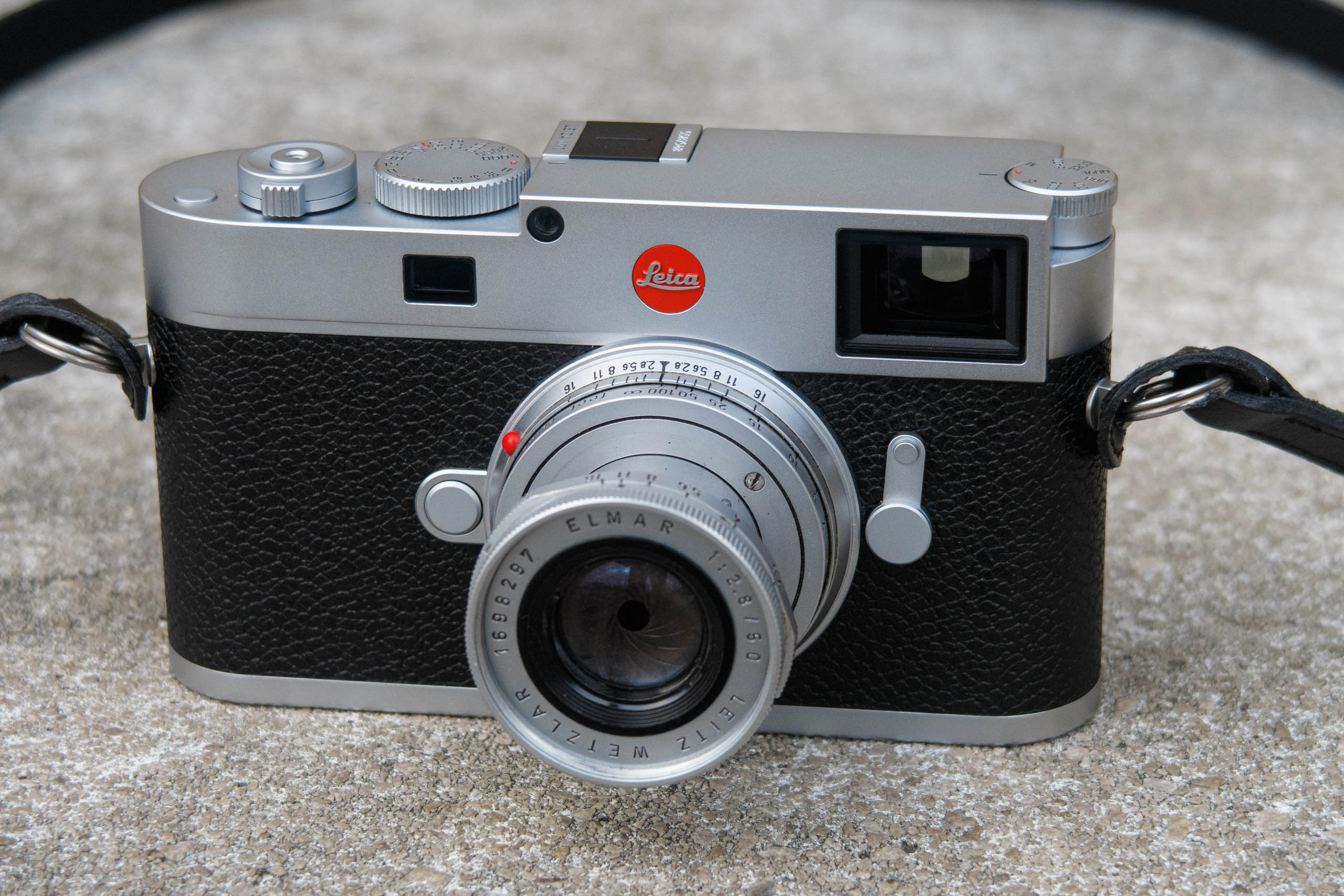
This is the silver-chrome version of the M11 with an old collapsable 50mm f/2.8 Elmar on board. Photo credit: Andy Westlake.
At a glance:
- Rangefinder
- 60MP full-frame BSI-CMOS sensor
- DNG raw at 60MP, 36MP or 18MP
- ISO 64-50,000
- 4.5 fps continuous shooting
- Optical viewfinder, 0.73x magnification
- 2.3m-dot, 3in fixed touchscreen
- £7,500 (body only)
For lovers of minimalism in camera design, the Leica M series is a classic. The latest digital iteration of a series that harks back all the way to 1955 brings a number of number of innovations in a sleek and traditional body.
It boasts a 60 megapixel sensor, but, since that can eat up a lot of processing power, if you want to make things a little quicker, you can choose to output raw files at 36 or 18 megapixels instead, allowing you to choose the best resolution for the situation.
In our review, we found that, like other M series cameras before it, the M11 uses an ultra-robust design which is simply lovely to look at, as well as to use. Using a rangefinder takes a bit of getting used to – manual focusing via the viewfinder doesn’t always yield perfect results, particularly if you’re used to shooting with more modern techniques, but it’s special if you do nail it.
We found that the M11 was capable of producing superb images, and if you really do want the best of the best – and have the budget to go with it, this is a camera that is surely at the top of many a photographer’s wishlist.
Pros:
- Excellent image quality
- Good battery life
- Superb image quality
Cons:
- Manual focus only
- Very expensive
Leica SL2
At a glance:
- Mirrorless
- 47.3MP full-frame BSI CMOS sensor
- ISO 100-50000
- 20fps continuous shooting
- Electronic viewfinder, 5.7m-dots, 0.78x magnification
- 2.1m-dot, 3.2-inch fixed touchscreen
- £5,720 (body only)
Released under the umbrella of the “L Mount Alliance” between Leica, Panasonic and Sigma, the SL2 shares a lot of similarities with the Panasonic S1R.
As such, you get a high-resolution 47.3 megapixel full-frame sensor and a swathe of other useful specifications including up to 20fps shooting (via the electronic shutter), a superb viewfinder and 5-axis in-body image stabilisation.
This is a big and chunky mirrorless camera that feels like a solid workhorse. In our review of the SL2, we noted that it was bulkier and heavier than many of its mirrorless rivals, being more akin to a pro-level DSLR in design. That might be a good thing if you’re looking for something that can withstand some heavy abuse, while others might find it too cumbersome.
We were generally impressed by the SL2’s autofocus performance, while image quality we found to be be ‘phenomenal’. There’s a lot to like about the SL2, but if you’re short on budget, it’s worth considering whether the Panasonic S1R is the wiser investment.
Pros:
- Superb image quality
- Excellent build quality
- Fantastic viewfinder
Cons:
- Large and heavy
- Fixed screen
- Some awkwardness in handling
Leica SL2-S
At a glance:
- Mirrorless
- 24.6MP full-frame BSI CMOS sensor
- ISO 50-100000
- 25fps continuous shooting
- Electronic viewfinder, 5.7m-dots, 0.78x magnification
- 2.1m-dot, 3.2-inch fixed touchscreen
- £4,250 (body only)
Like the look of the SL2 but fancy something which is a bit more of an all-rounder (and slightly more affordable)? Step forward the SL2-S.
Unsurprisingly, as part of the L Mount alliance, this is another model which shares a lot in common with a Panasonic offering, the S1. With its 24.6MP sensor, it’s pitched as more of a video/photo hybrid and can also achieve other useful specifications such as (up to) 25fps shooting.
The SL2-S uses the same body design as the SL2, so again, this is a bulky and chunky affair, which some will love and others will loathe. In our review we were particularly impressed with the “stunning” viewfinder, while the screen is impressively responsive to touch – it’s a bit of a shame it’s fixed though, especially if you do want to use the camera for video work.
We found that the SL2-S’s autofocus was decent, though we probably wouldn’t select this camera as the best option for sports and action photography (we’d look to other brands), but it’s a good all-rounder for those that like to shoot a bit of everything. Image quality is great, but we found that the best results are seen when shooting in raw.
Again, you might want to question whether you’d be better off with the Panasonic S1 if this kind of model appeals to you, but that little red dot can be extremely tempting.
Pros:
- Superb build quality
- Fantastic viewfinder
- Excellent image quality
Cons:
- Unwieldy
- Awkward controls
- Fixed screen
Leica M10 Monochrom
At a glance:
- Rangefinder
- 40.8MP full-frame monochrome CMOS sensor
- ISO 160-100000
- 4.5fps continuous shooting
- Optical viewfinder 0.73x magnification
- 1.04m-dot 3-inch fixed touchscreen
- £7,400 (body only)
Designed specifically for photographers who want the best possible black and white image quality, the Leica M10 Monochrom is a beautiful camera inside and out.
We found in our Leica M10 Monochrom rev that it was capable of delivering exceptional image quality, with a sensor that is stripped of colour being better suited to detail, higher dynamic range and superior performance in high ISO, low light situations.
The body design and quality of build also impressed us in our review, and although shooting with a rangefinder is perhaps an acquired taste, using the M10 Monochrom is overall a very pleasant experience.
Leica cameras are already designed for a niche market, and this one even more so – but boy does it produce beautiful results. If you’ve got this kind of cash to spend it’ll almost certainly bring you a fantastic amount of joy.
Pros:
- Superb image quality
- Exceptional build quality
- Large and clear viewfinder
Cons:
- Extremely expensive
- Niche
Leica M6
At a glance:
- Analogue rangefinder
- 35mm film
- Optical viewfinder, 0.72x magnification
- 1s-1/1000s shutter speeds
- £4,500 (body only)
Although pretty much every Leica evokes the nostalgic in all of us, if you want to really turn back the clock then nothing does that like the magic of analogue.
Leica brought back its iconic M6 film camera in October 2022, and it’s proved to be incredibly popular ever since – so much so that there’s currently a waiting list to get hold of one.
Based heavily on the original M6, new features include a redesigned top cover which has been milled from solid brass and enhanced with an abrasion-resistant lacquer. Fancy. The viewfinder has also been optimised, the light meter has been improved and there’s now a useful battery warning indicator.
This is a camera that doesn’t get cheap – of course it doesn’t, it’s a Leica, but if you want the same kind of experience as the street photography masters of old, then nothing quite beats it.
Pros:
- Traditional analogue camera
- Stylish design
- Straightforward to use
Cons:
- Hard to find
- Niche
Leica Q2
At a glance:
- Premium compact
- 47.3MP full-frame sensor
- Fixed 28mm f/1.7 lens, digital zoom up to 75mm
- ISO 50-50,000
- OLED viewfinder, 3.68m-dot
- 1.04m-dot, 3-inch fixed touchscreen
- £4,750
Boasting a range of features including a super-high resolution 47.3 megapixel full-frame sensor, the Q2 may be a slightly niche choice thanks to its fixed 28mm f/1.7 lens, but the quality of the outputted images is simply superb.
We’re also a little bit in love with the design, which takes the classic rangefinder approach, with an electronic viewfinder placed in the corner of the body. The upside here is that it’s not a rangefinder, so you don’t have to worry about fiddling around with manual focusing if you’d rather just let the camera get on with it.
The Q2 would make for a fantastic travel, street and everyday camera. Despite its fixed lens (that high resolution sensor means you get a very usable digital zooming options), it’s stylish, discreet and produces knockout imagery.
Pros:
- Fantastic image quality
- Great to shoot with
- Excellent viewfinder
Cons:
- Fixed lens
- Fixed screen
Leica Q2 Monochrom
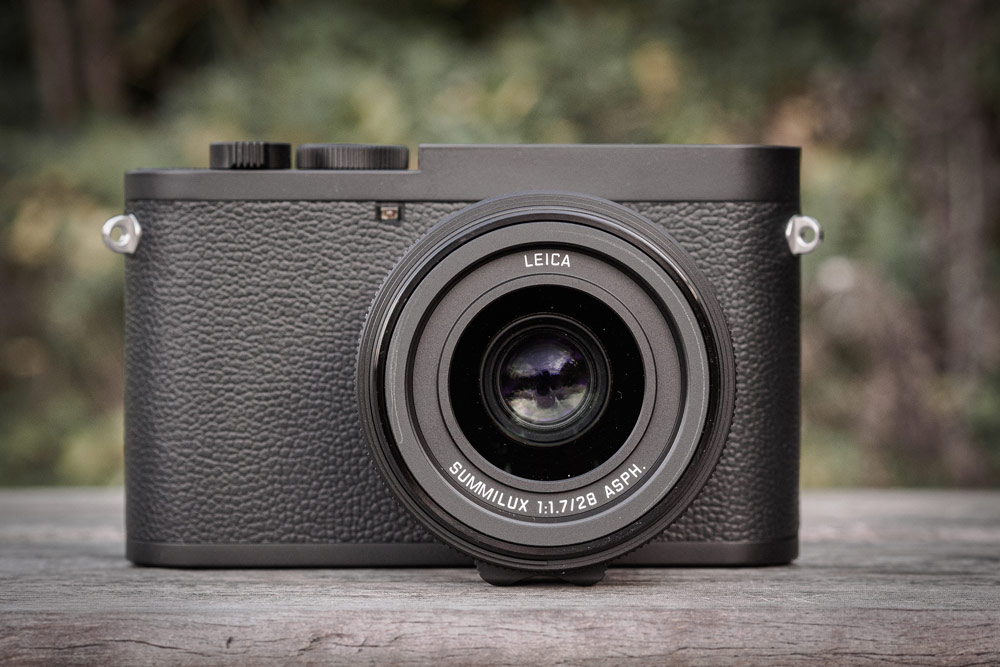
At a glance:
- Premium compact
- 47.3MP full-frame monochrome sensor
- Fixed 28mm f/1.7 lens, digital zoom up to 75mm
- ISO 100 – 100,000
- 10fps continuous shooting
- OLED viewfinder, 3.68m-dot
- 1.04m-dot, 3-inch fixed touchscreen
- £5,050
Just as Leica produced a black and white version of its M series camera, it did so with the Q2 Monochrom.
The idea is, once again, that you get all the benefits of a particular type of body, but with a sensor that is specifically designed for monochrome shooting and therefore capable of producing better imagery than shooting in colour and later converting.
Most of the specification of this camera is shared with the Q2 on which its based, including the same 28mm f/1.7 fixed lens with digital zooming options and the same viewfinder and screen.
However, by stripping out the colour from the 47.3 megapixel full-frame sensor you get distinct advantages for dynamic range, detail, and low-light shooting.
In our review of the Q2 Monochrom, we were impressed by its intuitive controls, customisation options and, naturally the superb image quality it produces.
This is, even by Leica standards, a niche option for a camera, but if B&W is your forte and you have the money to spend on it, you certainly won’t be disappointed.
Pros:
- Superb image quality
- Excellent viewfinder
- Attractive JPEG toning options
Cons:
- Fixed screen
- Expensive for what it is
- Niche
Leica D-Lux 7
At a glance:
- Premium compact
- 17MP four-thirds MOS sensor
- 24-75mm f/1.7-f/2.8 lens
- ISO 100 – 25600
- 11fps continuous shooting
- OLED viewfinder, 2.76m-dot
- 1.24m-dot, 3-inch fixed touchscreen
- £1,150
Leica and Panasonic have a fruitful partnership, meaning that we often see Leica cameras which have been built on Panasonic originals, but with the iconic red dot label and a slightly different interface and design.
With the D-Lux 7, you are essentially getting a Panasonic LX100 II. While you’re indeed paying a premium for the Leica stylings, the camera it’s based on is an excellent model, being particularly useful for travel and street photography thanks to its small size, manual controls and flexible short zoom lens.
It uses a Four Thirds sensor which is paired with a 24-75mm f/1.7-f/2.8 lens, making it great for a wide variety of different shooting situations and certainly being an upgrade from a smartphone or basic compact camera.
Although you will pay more for this than the Panasonic equivalent, by Leica standards it’s actually reasonably cheap, so if you crave the luxury brand but aren’t quite ready to splash out the big bucks it could be a great choice
Pros:
- Ideal for travel
- Stylish design
- Relatively affordable for a Leica
Cons:
- Basically a rebadged Panasonic, only more expensive
- Fixed screen
Related articles:
Best Camera For Street Photography
The best compact 35mm film cameras with autofocus
Best cameras for black and white photography

